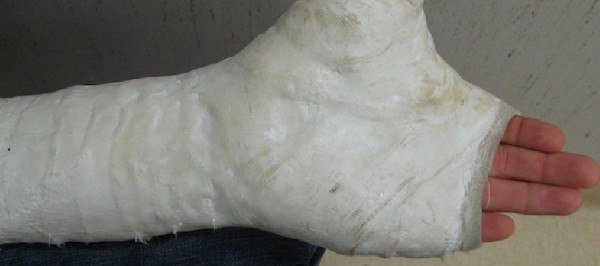
Interesting enough question. We know having a big cast on is a risk factor for VTE. I’ve seen one young guy die from a massive PE with a big cast on his leg.
It mightn’t be common, it mightn’t justify risk and expense but it’s definitely a valid question. But do we have an answer as yet?
I figured this paper might help me answer it.
Meek, Robert, and Roger Lien-Kien Tong. “Venous Thromboembolism in Emergency Department Patients with Rigid Immobilization for Lower Leg Injury: Incidence and Risk Factors..” Emergency Medicine Australasia : EMA 24, no. 3: 277–284. PMID 22672168
INTRO
- Australia madated that all lower limb casts get LMWH. The guideline was for in patients (from what I can make out) but are ED patients really different.
METHODS
- chart review using various search terms to pull out all the patients with lower limb casts
- tried to ascertain from records if they developed a VTE (obviously this can be a little problematic)
- they also tried to contact everyone in a 3 month period by post and phone to see if they ‘d had a VTE (also a little problematic)
RESULTS
- initial search yielded 10000, they narrowed this down to 6800 >18 and reviewing records left 1200 who actually got a splint
- found 33 VTEs (2.7%)
- in the small 3 month cohort (180 pts) who they actually contacted the rate was 1.7% (or 3 pts…)
- when they put together the VTE they found on chart review and those they found on postal survey they come up with a number between 3 and 7% incidence.
So after reading that, i’m not sure I really have my question answered. Is there anywhere else I can turn to?
Serendipitously there has just been a Best Bet published on this very topic. They come to the conclusion that the rate is about 11%.
More importantly the bet itself is in part put together by thegreatnortherno who is our great shining hope and is going to tell us all what should be doing. At least that’s what EMManchester says.
As is only fitting StEmlyns have a whole post on it so go read that.
